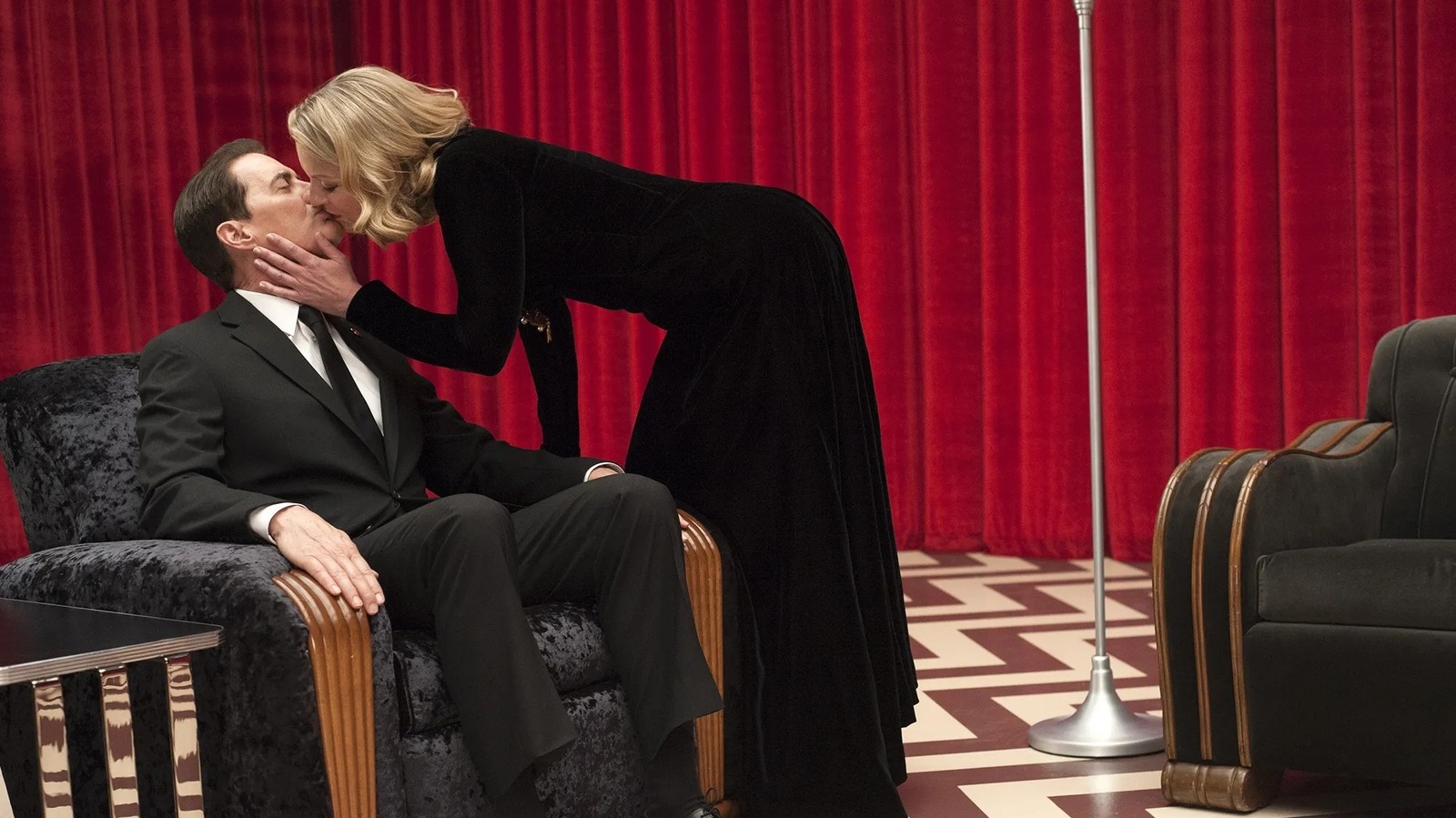

In films like “Blue Velvet” and “Mulholland Dr.,” Lynch has proven himself vastly adept at creating scenarios that pose maddening, compelling, troubling questions, questions that often don’t have easy answers if they have answers at all. Arguably, what makes questions like “Who killed Laura Palmer?” so troubling is the fact that the answers are next to impossible to suss out. But while viewers were initially fascinated and drawn to “Twin Peaks,” the ratings dwindled somewhat to the point where ABC execs, including future CEO of the Walt Disney Company Bob Iger, demanded that Lynch and his writing team get to the point and actually tell viewers who killed the young woman in a critical second-season episode that aired in November of 1990. Although there were still plenty of committed fans, the show’s ratings never hit the same high and Iger (then the president of ABC Entertainment) canceled the show after its second season.
Even initially, though, “Twin Peaks” had served as something of a creative earthquake in Hollywood. Though the ratings never got as high as the premiere, it was evident that a wider audience was willing to enjoy strange, off-putting, enigmatic material on network TV (as well as in the burgeoning cable- and pay-TV landscapes). It’s often easy to know how successful one piece of art is these days, specifically because it will often inspire would-be pretenders, copycat shows and films that seem too lazy to work. But in the case of “Twin Peaks,” some of the shows that took key inspiration from its intentionally obfuscating style and blend of genres are among the best of their kind and took years to come together. Sometimes, the connections are obvious; a show like Fox’s “The X-Files” may have been largely procedural, but Fox Mulder felt cut from the same cloth as Dale Cooper, especially in his deadpan style and desire to get the truth no matter how. (And like “Twin Peaks,” “The X-Files” made the leap from the small to the silver screen, while also drawing plenty of attention for its long-form mysteries and romantic relationships.) When ABC went back to the genre-bending well in 2004 with its incredible and still-divisive show “Lost,” it was as if J.J. Abrams, Damon Lindelof, and Carlton Cuse were paying homage week after week to Lynch’s work, especially once the mysterious Dharma Initiative was introduced in the second season, one of many new questions viewers had to pore over.
The influence runs even deeper, though, beyond those sci-fi programs. Kids of the 2010s could thrill to the Disney animated series “Gravity Falls,” which was a high-octane and fast-paced blend of goofy humor, familial strife, and oddball weirdness in the Pacific Northwest that culminated in a battle between good and evil, the latter symbolized by a strange, chatty, yellow triangle of sorts, an image that would have felt right at home in the mysterious Black Lodge of “Twin Peaks.” Series creator Alex Hirsch was never shy in acknowledging the reference point, either. And even the mid-2000s procedural comedy “Psych” was made by fans of the show, to the point where a fifth-season episode, “Dual Spires,” was a deliberate homage, featuring many of its cast members as guests.

Leave a Reply